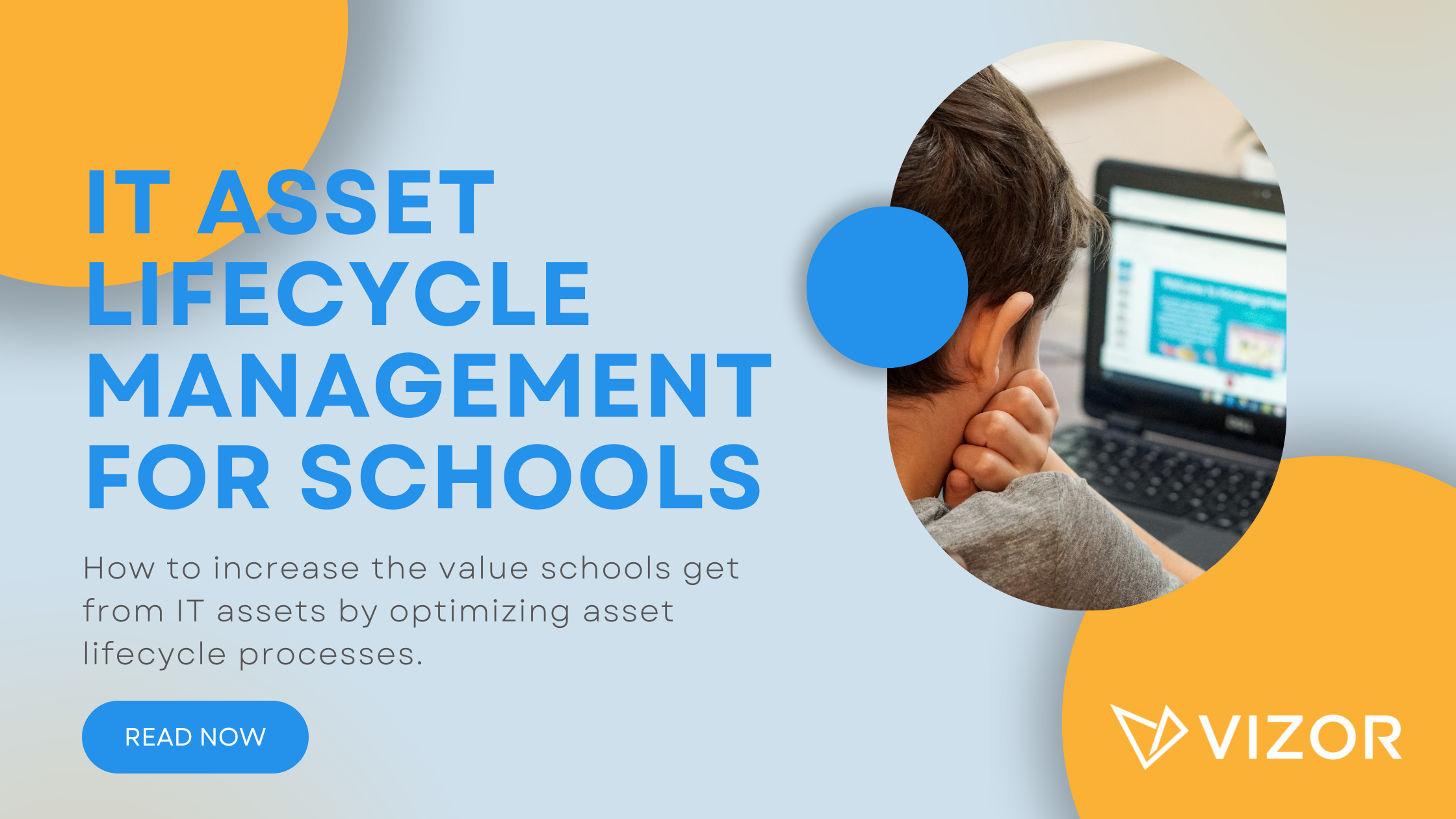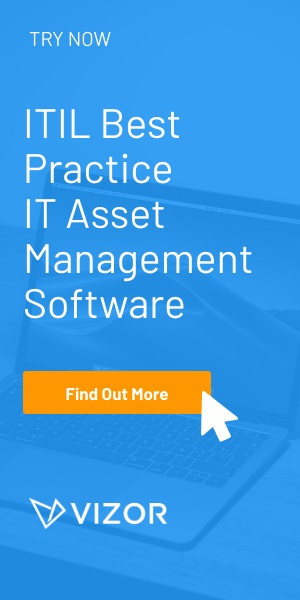SCCM is NOT Enough
Microsoft System Center Configuration Manager, better known as SCCM or ConfigMgr, has become the industry standard of collecting data about your IT infrastructure. There is no doubt that it is very good at collecting data. However, it lacks capabilities to specifically manage ITAM processes. Let me explain.
Whether you need to streamline processes for your computers or software licenses, SCCM is data-driven whereas IT is working to become more value-driven. Also, SCCM does not make it easy to share information within the organization, nor does it automate processes as the ITIL best practices recommend.
But we are not here because SCCM is bad.
SCCM still does a great job of collecting useful network inventory data. We just want to show you that your SCCM investment can be enhanced with IT asset management (ITAM).
SCCM is evidently part of managing IT assets. However, as its name implies, System Center Configuration Manager excels at configuration management tasks of the lifecycle such as network discovery and application deployment. An ITAM tool encompasses all IT Asset Management processes and workflows. It transforms raw network discovery data collected by SCCM into actionable information. Thus, enabling organizations to manage every part of the lifecycle.
Consider this definition: ITAM is more than an inventory of an organization’s IT assets. It is the concept of collecting IT asset information to better manage their overall value. It includes asset lifecycle management, cost management, and contractual management. ITAM goes even further and joins departments to develop better business practices and ultimately a better output.
SCCM is a powerful tool for many operational IT tasks but it needs to be complemented by an ITAM tool like VIZOR that can better manage other parts of the lifecycle.
Here are other benefits of managing the lifecycle of IT assets:
- Determines the value attached to IT assets within the organization, as it affects the bottom line
- Monitors asset circulation and use of IT assets to ensure there are enough to execute the business functions of the organization
- Creates a reliable source of accurate data to make informed decisions
- Establishes business processes to improve IT services and overall productivity within the organization
Let’s take a closer look at the stages in an asset’s lifecycle.
An asset’s lifecycle includes:
- Asset Requests
- Purchase
- Allocation & Deployment
- Discovery & Audit
- Repair
- Reassignment / Recycling
- End-of-life
SCCM is commonly used for operational “Discovery & Audit” and “Deployment” stages of an asset’s lifecycle and ITAM can help with the rest.
In the next few weeks, we will be reviewing the lifecycle of your assets and how ITAM can help manage, streamline and extract more value from them.
Wondering about how you can enhance your solution? Get your free SCCM Assessment to see how an ITAM tool can help you. Sign up here.
Need a IT Asset Management Tool?





